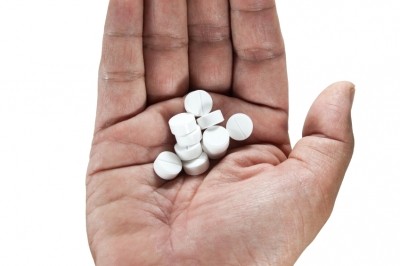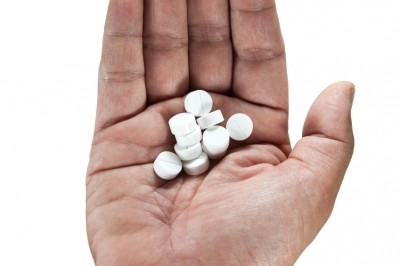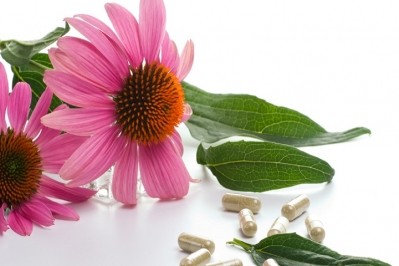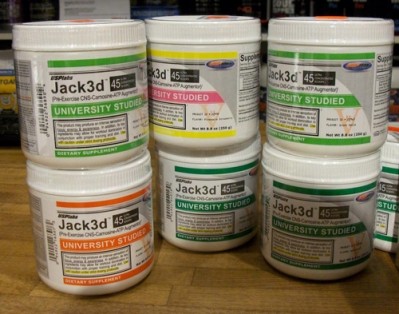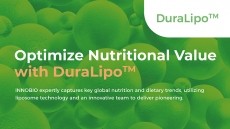Supplement industry has changed and now our advice reflects that: Sweden
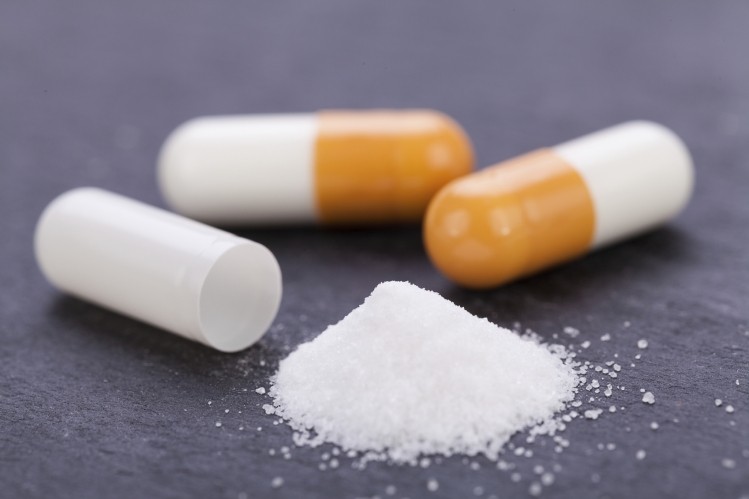
The guide – which will not be translated into any other language – was designed for both control agencies and companies alike, and was developed with the feedback of industry groups in the country.
Government inspector Petra Bergkvist told us the release was motivated by the changing nature of the supplements industry.
“The time is right. In the last few years we’ve seen an increase in the supplements market, a segment that was very small initially.”
She said in the sector’s early days the regional authorities were working on many different types of products, with supplements making up just a small percentage of this portfolio of responsibilities. “So the authorities and companies weren’t very skilled initially in dealing with this and required guidance.”
The market in Sweden began with products like vitamins and minerals but has now grown to include detox, weight loss, sports nutrition products and more. The situation had also become more complex with an increase in imports from countries outside of Sweden and via internet trade.
She said the information provided was no “news flash from out of space”, but was part of SLV’s strategy to update its regionalised control authorities on the best way to control food supplements and provide standardised guidance. “We’re becoming more and more central now.”
Prime suspects
In the 84-page manual, SLV said experience in recent years had pointed to a few specific risk factors that should be considered when assessing possible health hazards of a product.
These factors were listed as the upper dose limits beyond which health risks were possible and a possible lack of evidence to determine this dosage - something still being debated at European Union level; the inclusion of medicinal or hazardous substances not permitted in food supplements; undeclared substances and heavy metal content.
It added that, based on previous control activities, authorities should give priority to assessing the ingredients of performance enhancing and weight loss products, verifying the contents of vitamins and minerals and testing for contamination of herbal supplements.
Animal, vegetable or medicine
The guide also offered advice on best practice when defining a product as a drug or food supplement – or a food supplement which contains medicinal substances. SLV defined this by the effects or promised effects of the product, as per European Union law.
“Food supplements must not claim to prevent or cure diseases – no food supplement or food can do this.”
Bergkvist added that the agency's view was that a food supplement was a product that could be taken for years or even life, while a drug was meant to be taken for a shorter period of time.
“The risk of adverse health effects has been regarded compared to their beneficial effect. This is not the case for food.”
This idea of preventing or curing a disease was a relatively clear case, but sometimes it was more complicated. She said a knottier example might be when a product contains very low levels of a medicinal substance, so low that the medical agency may not deem the product a drug.
“Content of medical substances, not leading to a classification of the product being a medical product by the medical agency might in some cases be regarded as a non-authorised novel food, and thereby illegal in foods.”

